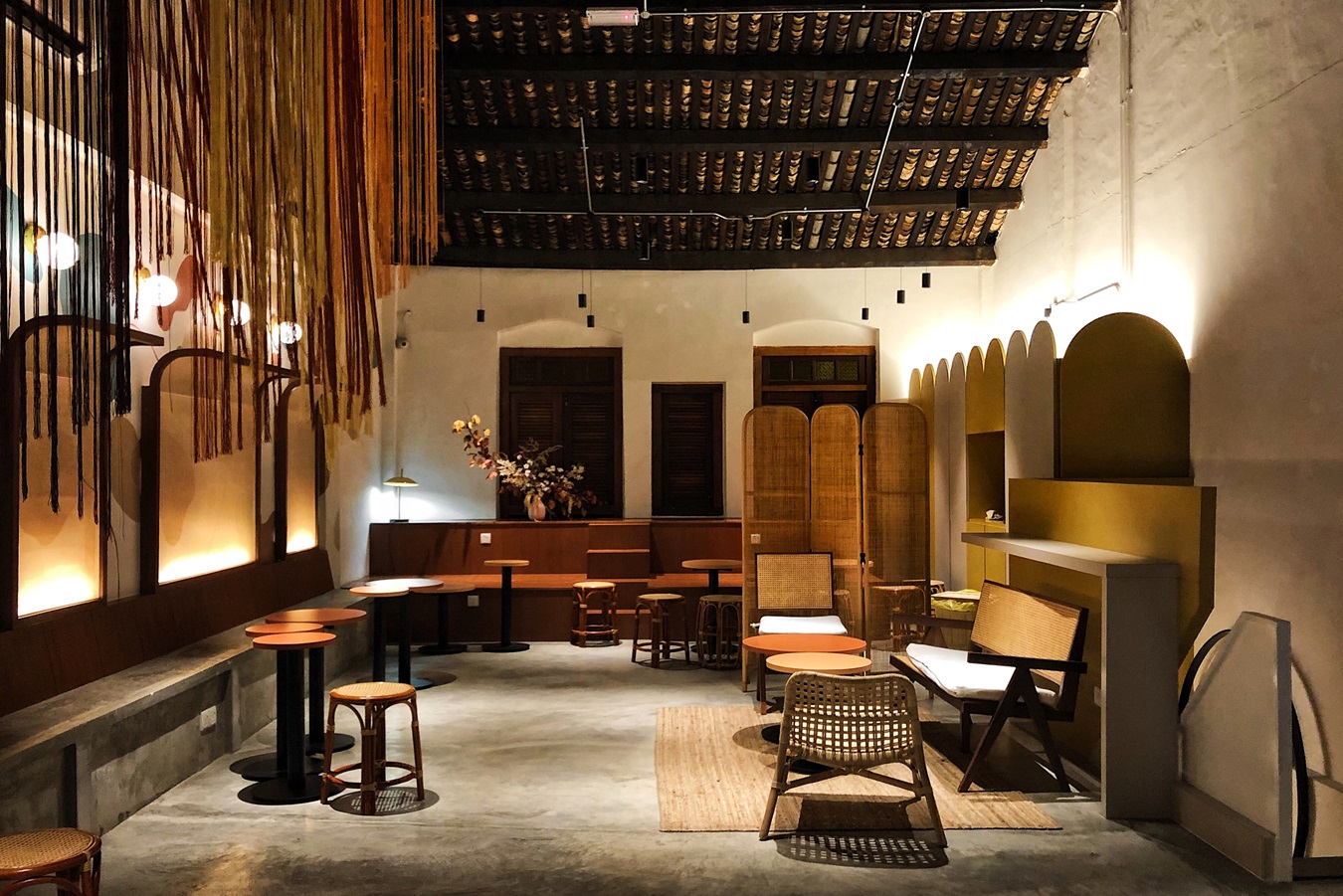 SHARE
SHARE
How to Calculate and Strategize to Increase Business Turnover
Sovia
The culinary business often faces tight profit margins, making efficiency a critical factor.
Many business owners focus on promotion, product quality, or customer service but overlook one crucial factor: back office cost.
Back office cost is often considered a secondary expense, yet it has a significant impact on profitability. When these costs are not managed properly, profit margins can become even tighter.
This article will discuss what back office cost is, why efficiency matters, and effective strategies for back office cost reduction so culinary businesses can grow healthier and achieve maximum profits.
What Is Back Office Cost?
Back office cost is part of OPEX (operational expenditure) that comes from business support activities. OPEX itself includes all daily operational expenses required to keep the business running smoothly.
Back office costs are included in this category, even though they don’t directly generate sales. These costs typically cover management salaries, office rent, electricity, water, central warehouse expenses, and administrative needs.
In the culinary industry, back office costs become more apparent as the business grows. For a single outlet, these costs may not be significant. Many management functions can still be handled directly by the owner or at the outlet level.
However, when a culinary business expands with multiple branches and a more professional organization, back office costs become essential. Dedicated teams such as HR, finance, and marketing are needed. In many cases, a separate office also helps ensure smoother coordination.
In short, culinary back office costs are a form of long-term investment. They help structure the business, prepare it for expansion, and maintain profitability in the highly competitive F&B industry.
The Importance of Back Office Cost in Culinary Businesses
Back office cost plays a crucial role in the growth of culinary businesses. Without proper management, business development can be hampered.
As outlets and growth targets increase, the demand for professional roles becomes more urgent. Positions such as finance, marketing, and supply chain are highly needed.
Of course, hiring professionals adds to operational costs, covering salaries, office space, and work facilities. However, these expenses should not be seen merely as costs. With the right management, back office costs can turn into a competitive advantage.
A strong workforce helps the culinary business compete more effectively in the market and achieve goals with measurable strategies.
Moreover, a professional organization enhances the company’s value in the eyes of investors. Investors are more likely to trust businesses with solid management.
That’s why back office cost saving is an essential step. It ensures operational expenses remain efficient without sacrificing quality.
With proper management, back office cost becomes an investment for sustainable growth, not a burden.
Read more: Pricing as the Key to Sales: Understand Its Goals and Effective Strategies
Strategies to Reduce Back Office Costs in Culinary Businesses
Source: freepik.com
Reducing back office costs does not mean cutting corners recklessly. The right strategy increases efficiency while maintaining quality. Here are several steps to implement:
1. Map Business Processes
The first step in back office cost reduction is to thoroughly understand workflows. By mapping processes, you can identify duplicated tasks, manual bottlenecks, and ineffective tools. This transparency helps determine automation opportunities, streamline processes, and achieve long-term cost savings.
2. Assign Roles Properly
Make sure every team member works according to their expertise. Avoid having owners or senior staff handle administrative tasks that could be delegated. With proper role assignment, productivity increases and management can focus more on growth strategies.
3. Invest in the Right Technology
Technology is the key to back office cost reduction. Choose digital solutions that truly support operational needs.
For example, using ESB, which provides an integrated system for order management, inventory, and financial reporting. With tools like this, culinary businesses can minimize manual work, prevent data duplication, and significantly improve efficiency.
4. Maintain Back Office Cost Ratios
The ideal back office cost ratio typically ranges from 3–5% of total revenue. During rapid growth, this figure may rise above 10%. However, as the business expands further, the percentage will decrease since the same team can manage a larger scale operation.
5. Focus on Planning and Prioritization
Aggressive growth requires significant investment, but it must be managed carefully. Don’t let back office costs eat into profits and create financial strain. Prioritize expenses, conduct regular evaluations, and establish a solid cash flow strategy.
With these strategies, back office cost reduction not only saves money but also strengthens the foundation for sustainable business growth.
FAQ – Everything You Need to Know About Back Office Cost
1. Why is back office cost important in culinary businesses?
It supports business growth through more professional, structured, and scalable management.
2. What is the ideal percentage of back office cost?
Generally, around 3–5% of total revenue. During rapid growth, it may be higher.
3. What are the risks of poorly managed back office cost?
Excessive expenses, lower profits, and disruption of growth plans.
4. What are some examples of back office costs in the culinary industry?
Management salaries, office rent, warehouse costs, and administrative support.
5. What are the risks if back office costs are too high?
Eroded profits, disrupted cash flow, and potential debt risks.
Read more: 10 Effective Cost Control Strategies to Keep Restaurant Operational Expenses in Check
Conclusion
Efficient back office cost management is the key to keeping culinary businesses healthy and profitable. From process mapping and role assignments to leveraging technology, every strategy plays a crucial role.
To improve efficiency, use ESB Core, an ERP system designed specifically for culinary businesses. ESB Core simplifies inventory management, COGS, stock movement, and complete financial reports such as balance sheets, profit & loss, trial balance, and cash flow management.
Monitor business performance in real time from anywhere, manage all outlets in one system, and achieve maximum profit with digital solutions from ESB.
 SHARE
SHARE




